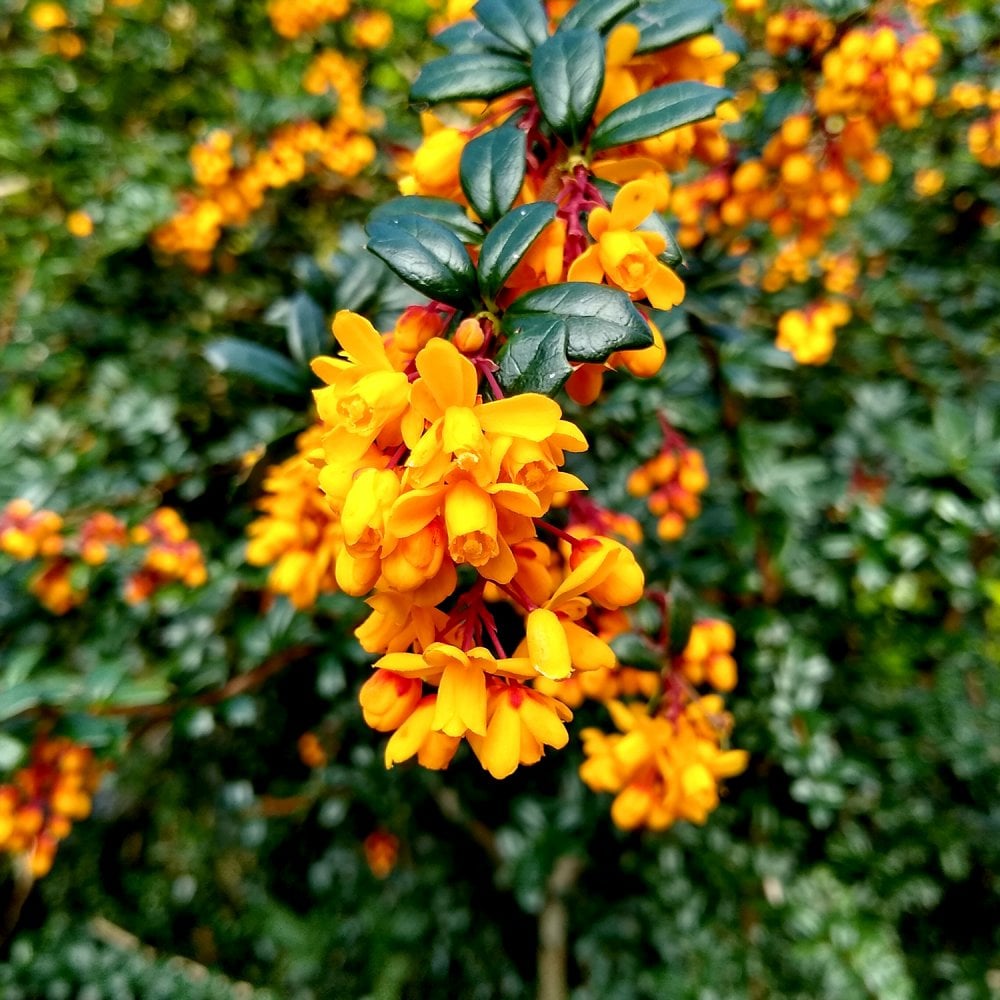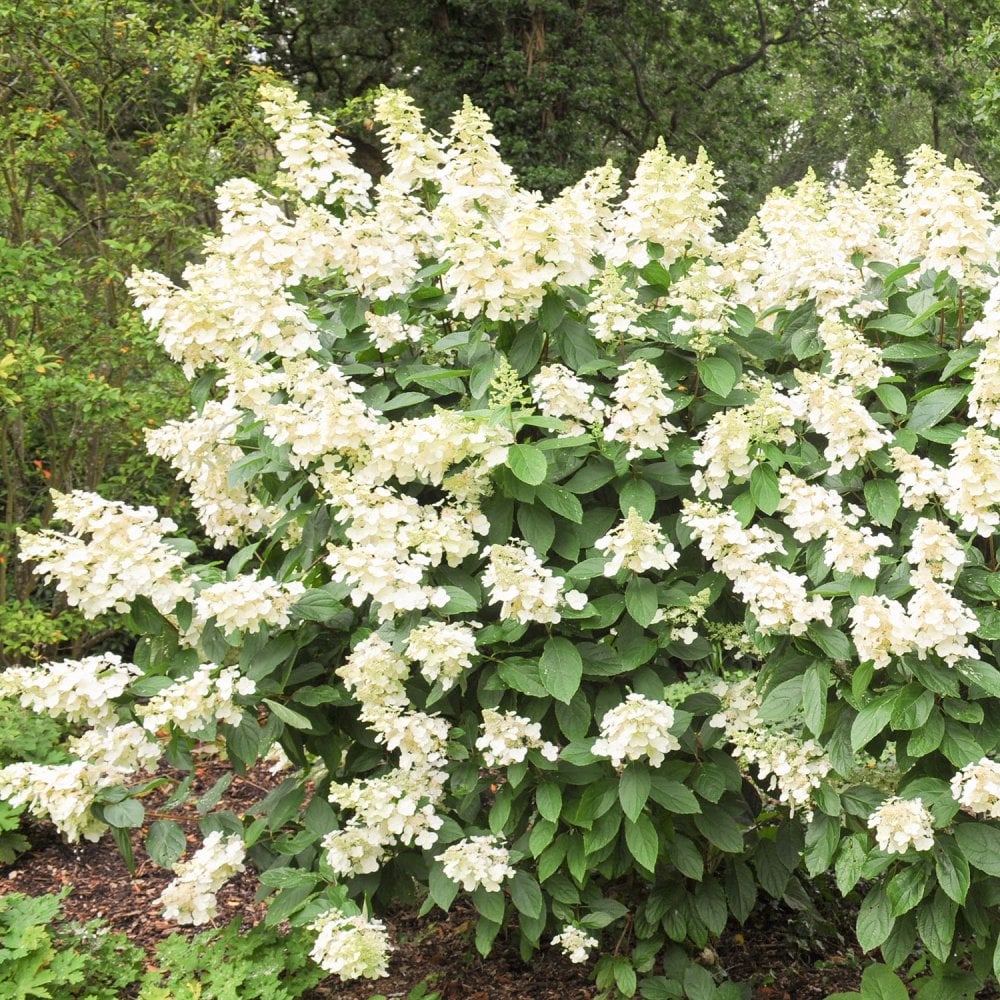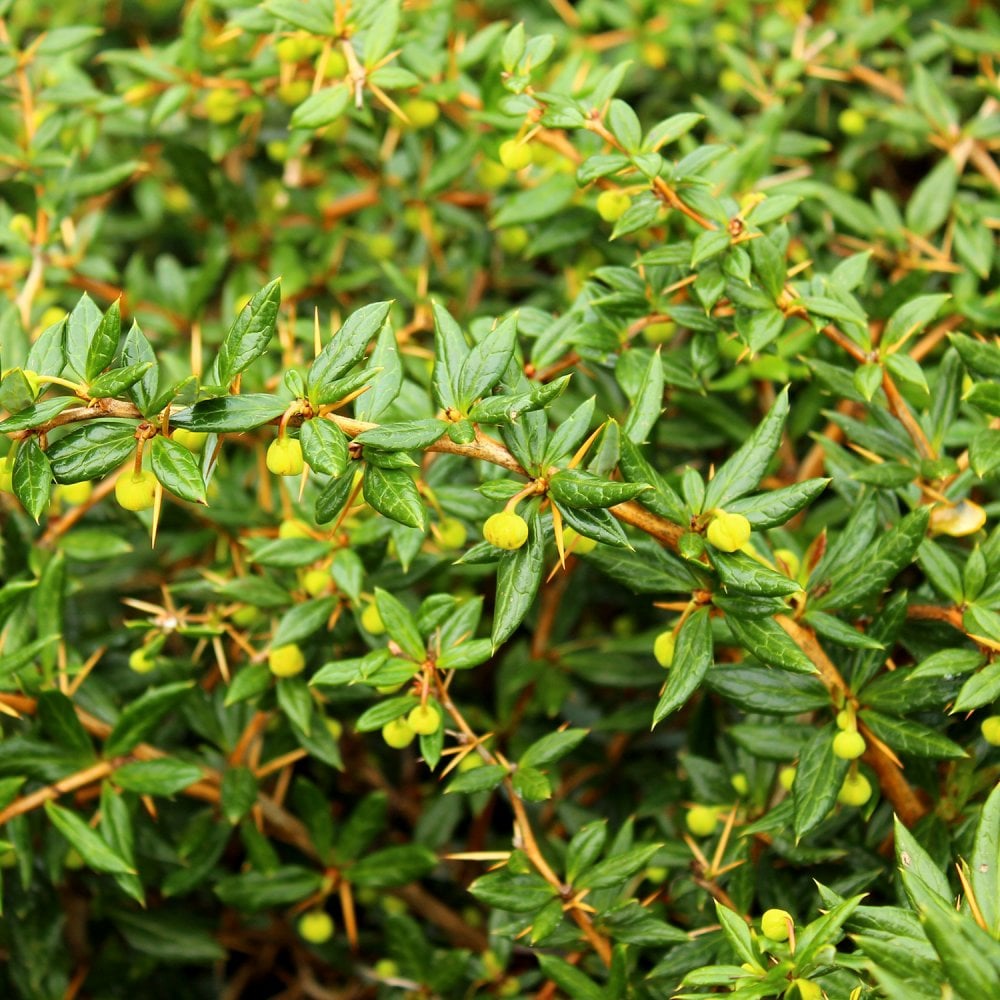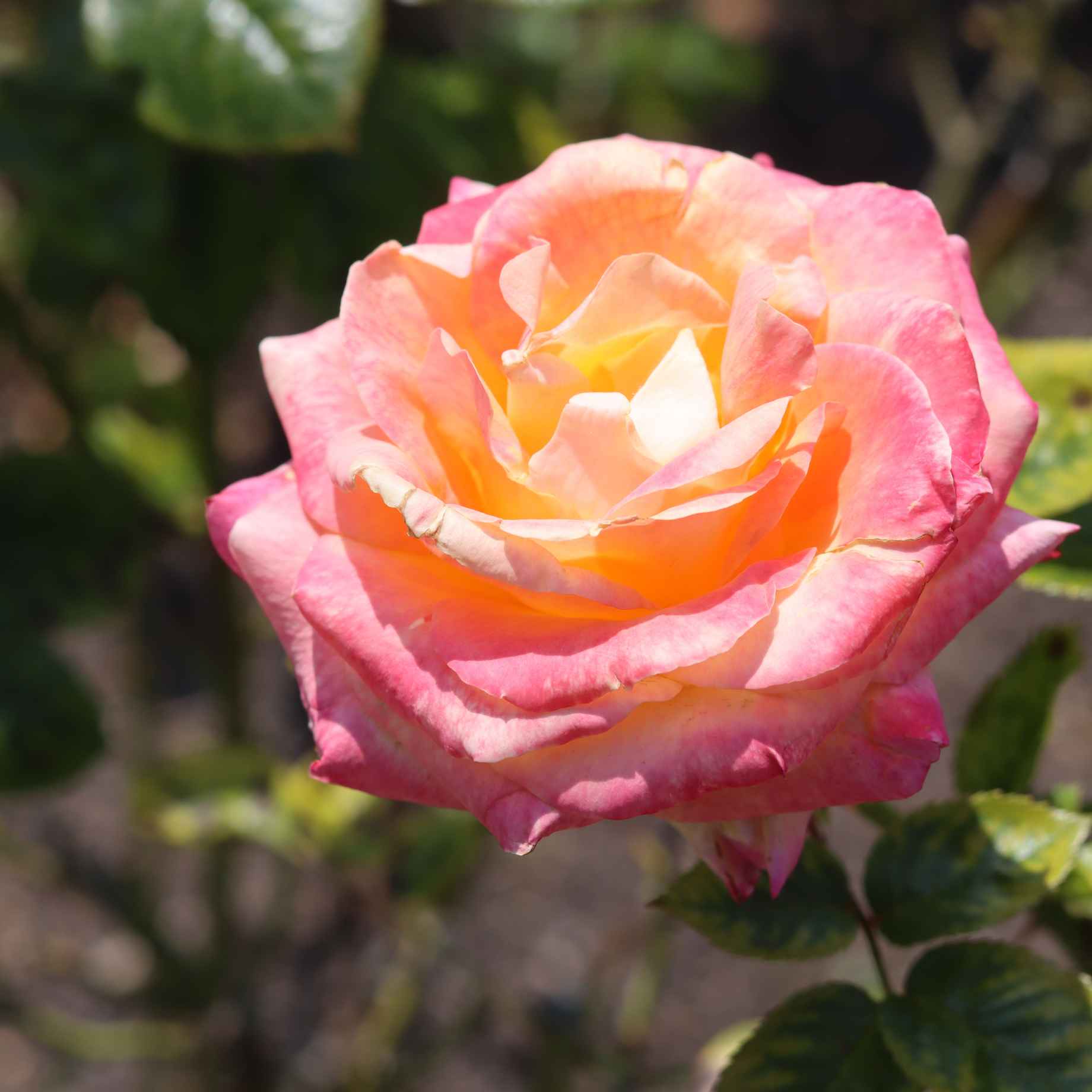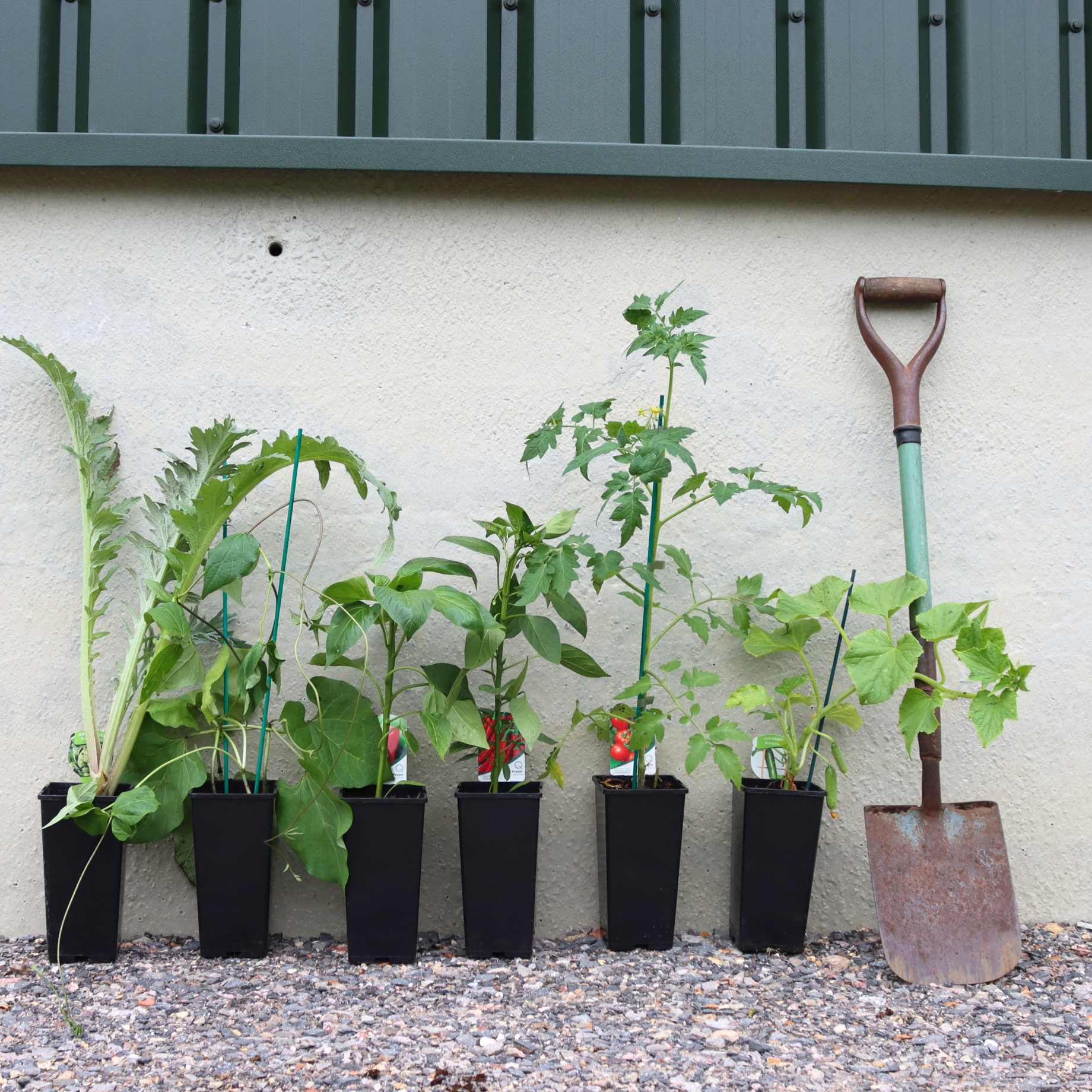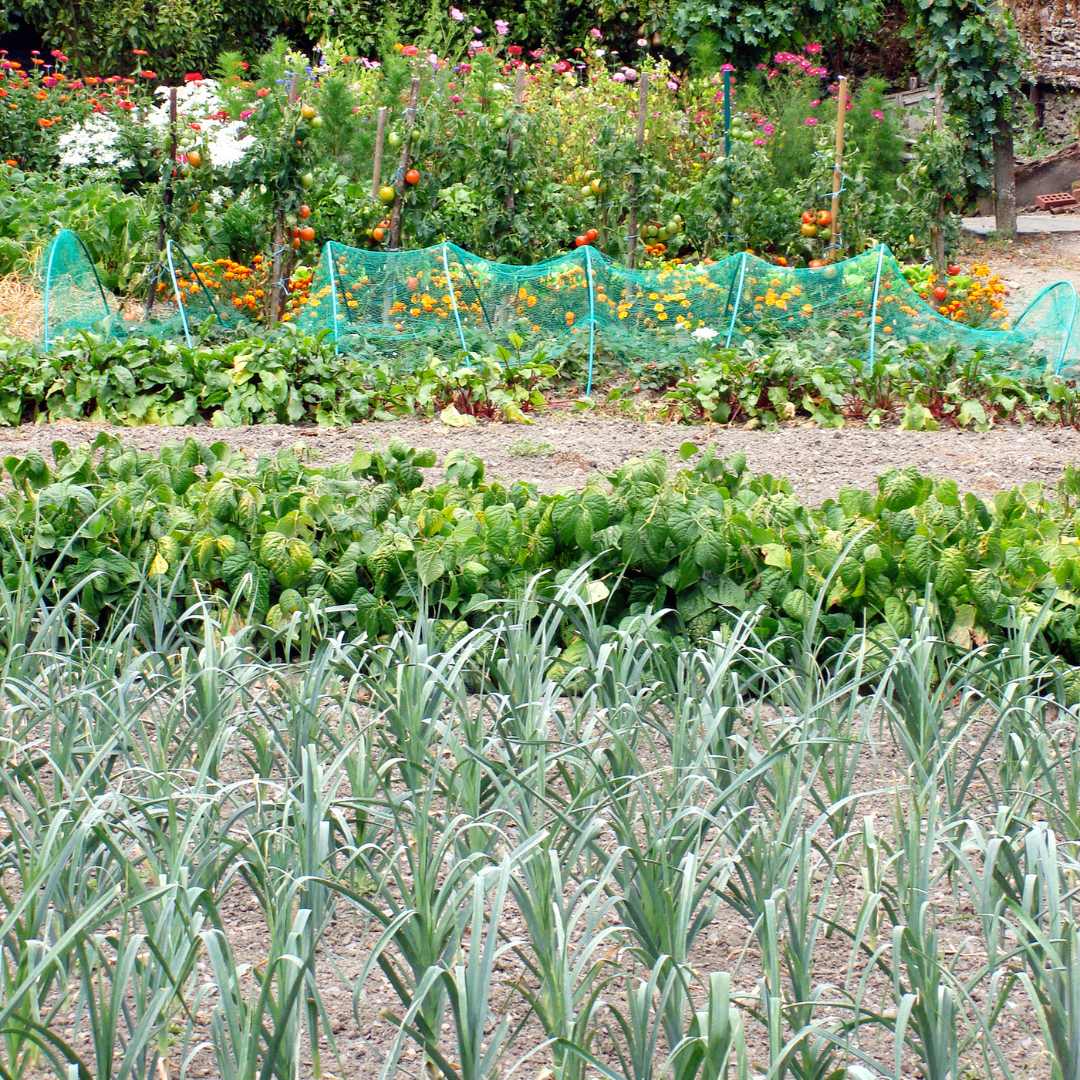Key features
AwardsRHS Award of Garden Merit
Final size2.5 x 2 metres in 20 years
FoliageGreen leaves year-round (evergreen)
FlowersVibrant orange/yellow flowers
FruitOrnamental blue-black berries in autumn
PositionFull sun to part shade
SoilPrefers moist yet well-draining soil
Description
Berberis darwinii, commonly known as Darwin’s Barberry, is a dense, evergreen shrub that typically reaches a height of around 2.5 metres and spreads about 2 metres wide. It features small, glossy, dark green leaves. In mid to late spring, it produces clusters of vibrant orange-yellow flowers that are highly attractive to pollinators, adding a splash of colour and interest to any garden. Occasionally, a second bloom occurs in autumn. Following the flowers, small blue-black berries appear, providing a food source for birds and wildlife.
Darwin’s Barberry thrives in well-drained soils and prefers a position in full sun to partial shade. This hardy and low-maintenance shrub is an excellent choice for hedging, borders, or as a standalone specimen, offering year-round interest and versatility in garden design.
AKA: Darwin’s Barberry
Planting Steps
1Preparation
- Pot-grown plants can be planted at any time of year, whereas bare roots need to be planted between November and March.
- Clear weeds and grass within a metre of the planting hole.
- Dig a hole as deep as the root mass and twice as wide.
- To help your plant establish more effectively, sprinkle Rootgrow in the hole.
2Planting
- Gently loosen the roots and place into the planting hole.
- Ensure the top of the plant’s compost is flush with the level of the surrounding soil and the graft union or collar of the tree is above ground level.
- Mix 50% of the original soil with 50% compost.
- Fill in the hole, firming the soil gently.
3Last Steps
- Water generously around the base of the plant.
- If you are planting either a single stem tree or mature standard tree, we recommend adding a staking kit and rabbit guard.
Aftercare Advice
Trees and shrubs require a good watering regime for a couple of years whilst they establish. Water well and regularly through spring and summer, increasing in hot or dry weather. If planting in autumn, you may only need to water a little. It is advisable to keep the area free of competing weeds and grass during this period.
For more detailed advice and video guides, please visit our Help & Advice section.

